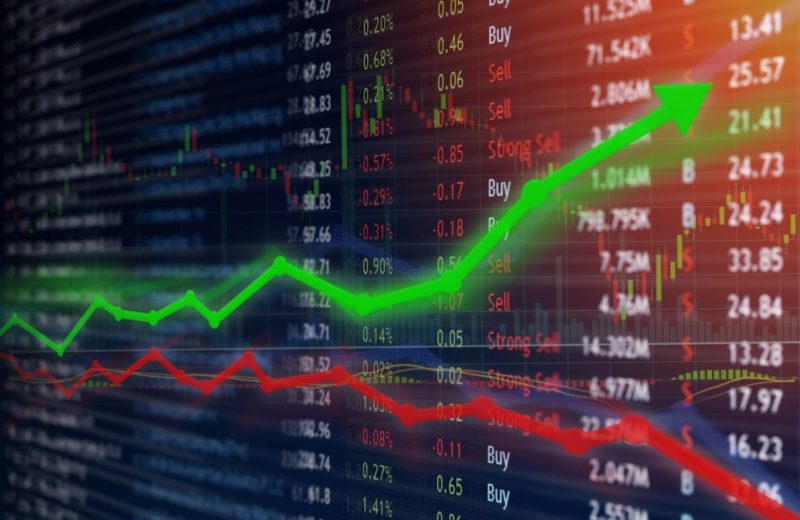The Dow Jones slipped 0.77 percent, to 33,717 points, while the S&P 500 sank 1.3 percent, 4,017 points, and the Nasdaq index 1.96 percent, to 11,393 points.
At the same time, share prices in the energy sector fell the most, by an average of 2.3 percent, which is a consequence of the drop in oil prices, according to Mina.
Share prices of technology giants such as Apple, Amazon, and Alphabet, which will release quarterly business reports this week, also fell sharply.
This week, more than 100 companies from the S&P 500 index will announce their business results, and investors are wary because the results have yet to be impressive.
So far, reports have been published by more than 145 companies from the S&P 500 index, of which almost 68 percent have achieved higher profits than expected.
In the last quarter of last year, GDP grew by 2.9 percent at an annualized level, slightly above analysts’ expectations, despite last year’s aggressive increase in interest rates by the US central bank, the Federal Reserve (Fed).
At the same time, inflationary pressures eased, while the labor market is still solid, although demand has weakened somewhat.
It’s a double-edged sword
Director at JPMorgan Private Bank, David Carter, said it is a double-edged sword because the Fed could keep key interest rates at restrictive levels for a long time.
Investors hope the Fed will raise interest rates at the February meeting by only 0.25 percentage points, not 0.5 points, as in last year’s meeting. Additionally, they hope that the final interest rate, at which the Fed would stop the hike cycle, could be less than five percent. Although most Fed leaders say they should raise interest rates above 5 percentage points to curb inflation.
Investors are focusing on companies’ business results under pressure due to high inflation and slowing economic growth.














